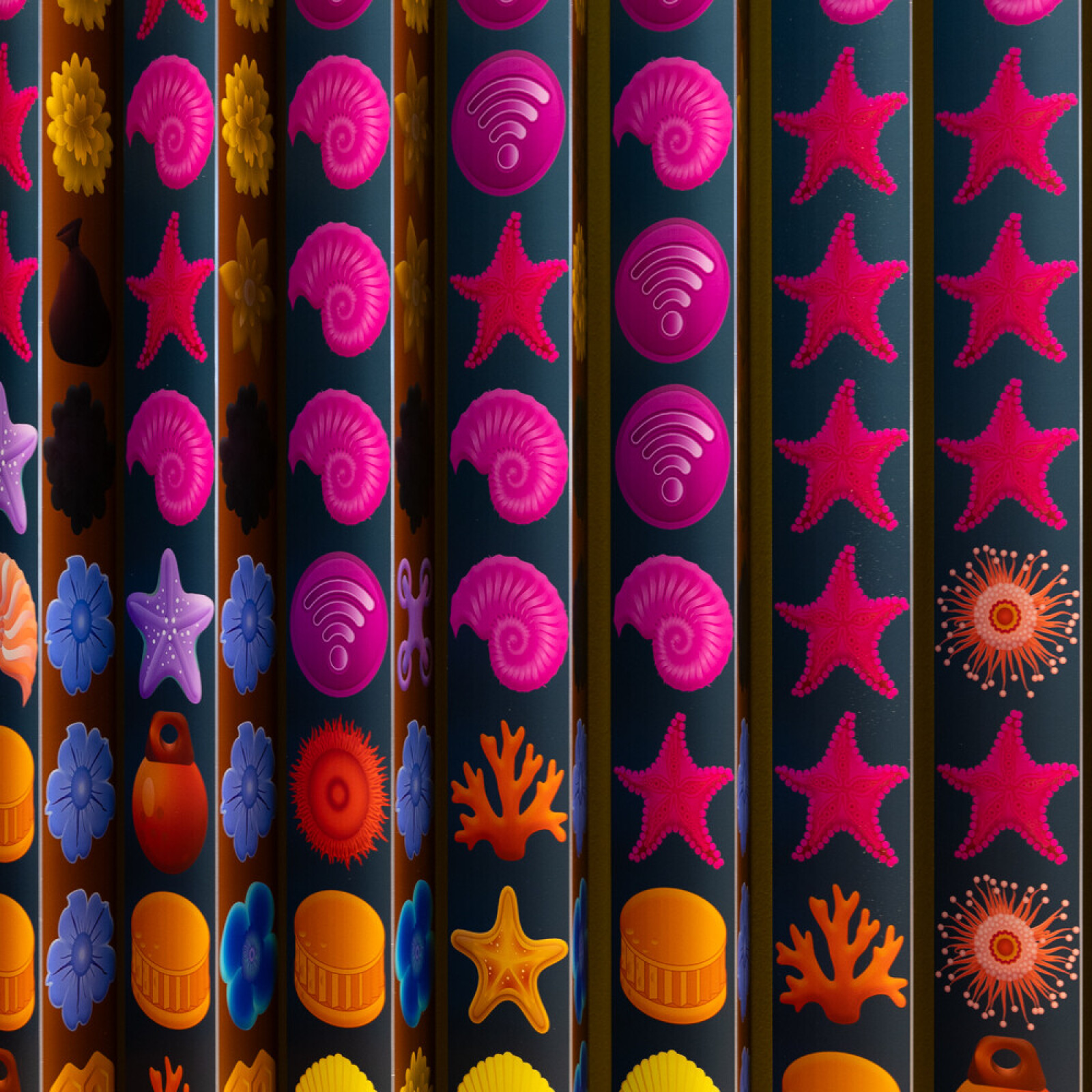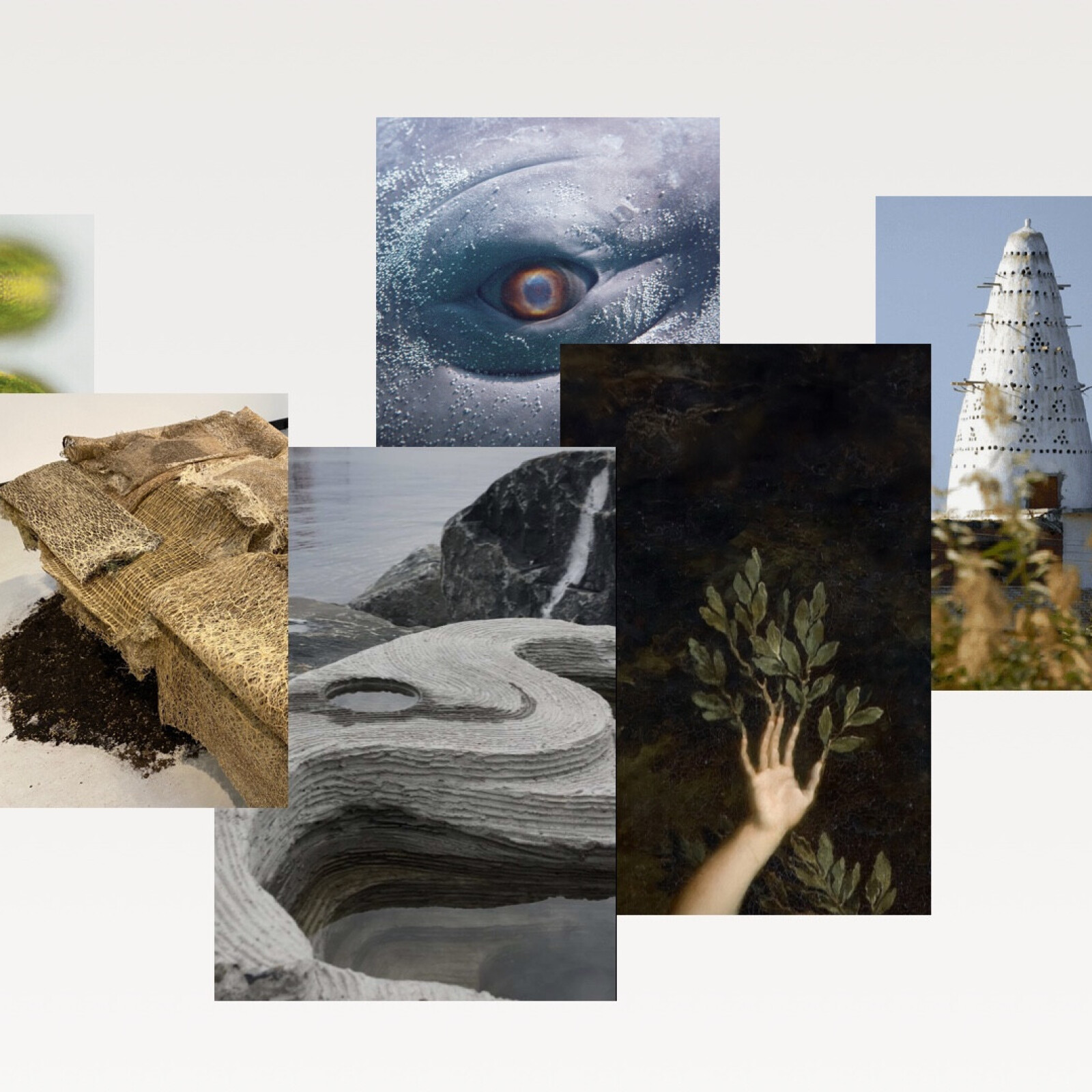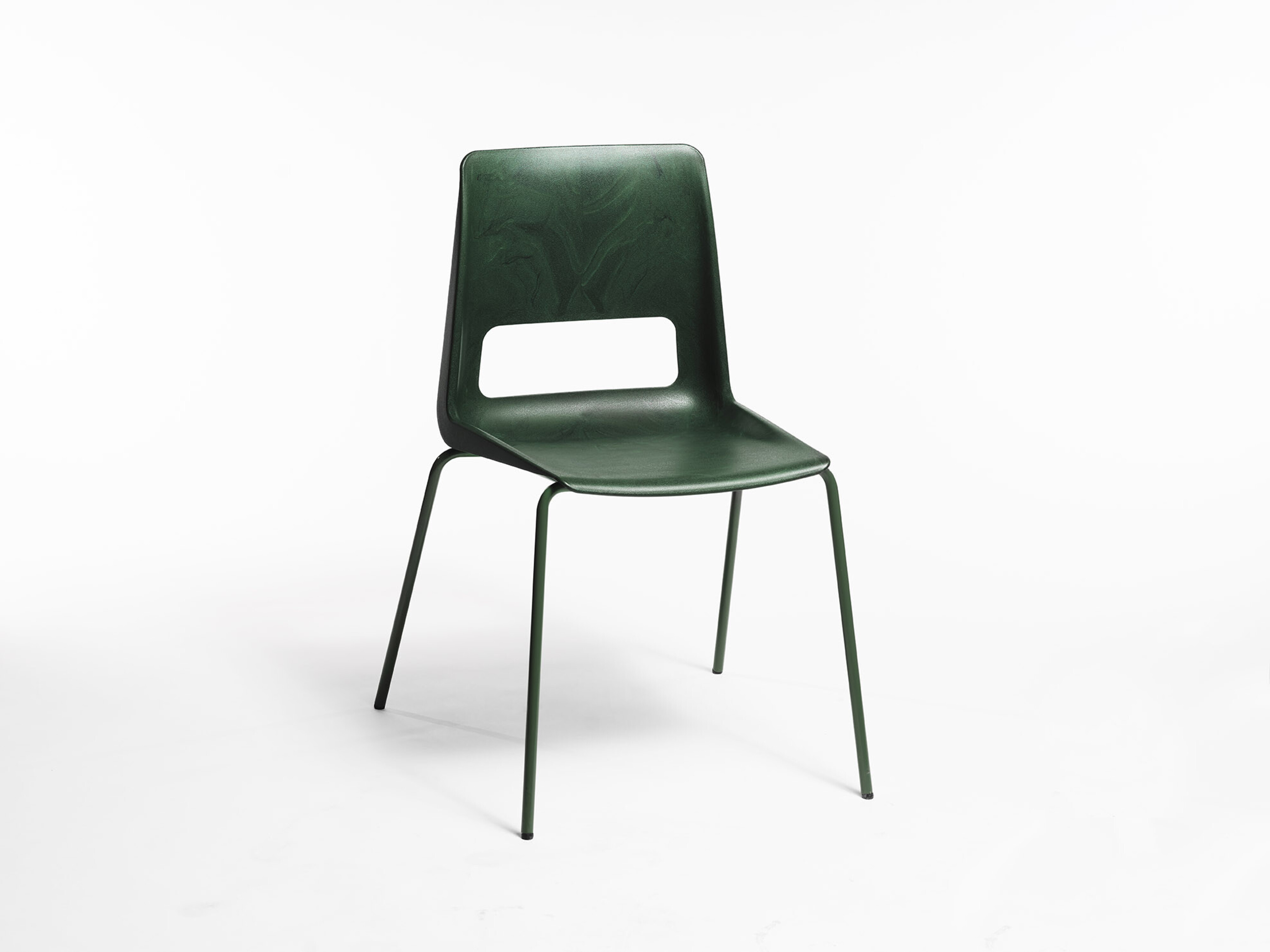

Museums are changing. Once imposing repositories for looking and learning have become lively gathering places that encourage visitors to be active participants. Museums have also become contested sites, the focus of heated debates about the restitution of colonial objects and activist campaigns against fossil fuel sponsorship. But there is another way in which they can change. They can be catalysts, proactively supporting a just and sustainable future. In their traditional role, they would do this by raising awareness through exhibitions and public programmes. But what if they drove innovation and behavioural change? What if they aimed for policy change? What if they could fund critical research? What if they showed an urgent sense of purpose?
The Design Museum has a rare opportunity to do just that. In November 2021, the museum launched an initiative called Future Observatory, a national platform for design research focused on the green transition, funded by the Arts and Humanities Research Council. The aim of the programme is to support the world-class research taking place at British universities and other research centres and, crucially, to help it achieve impact. One key strategy is to require the researchers to build partnerships between researchers and industry, local authorities or other stakeholders that can help apply the research in real conditions. In its pilot phase, Future Observatory supported projects looking at what to do about the mountains of plastic curtains disposed of by the NHS; rapid data-wiping software that makes it easier to recycle computers (one reason they are often not recycled is fear of data getting into the wrong hands); and a novel technique of computer-cut timber walls for housing developments along with a dozen other projects.
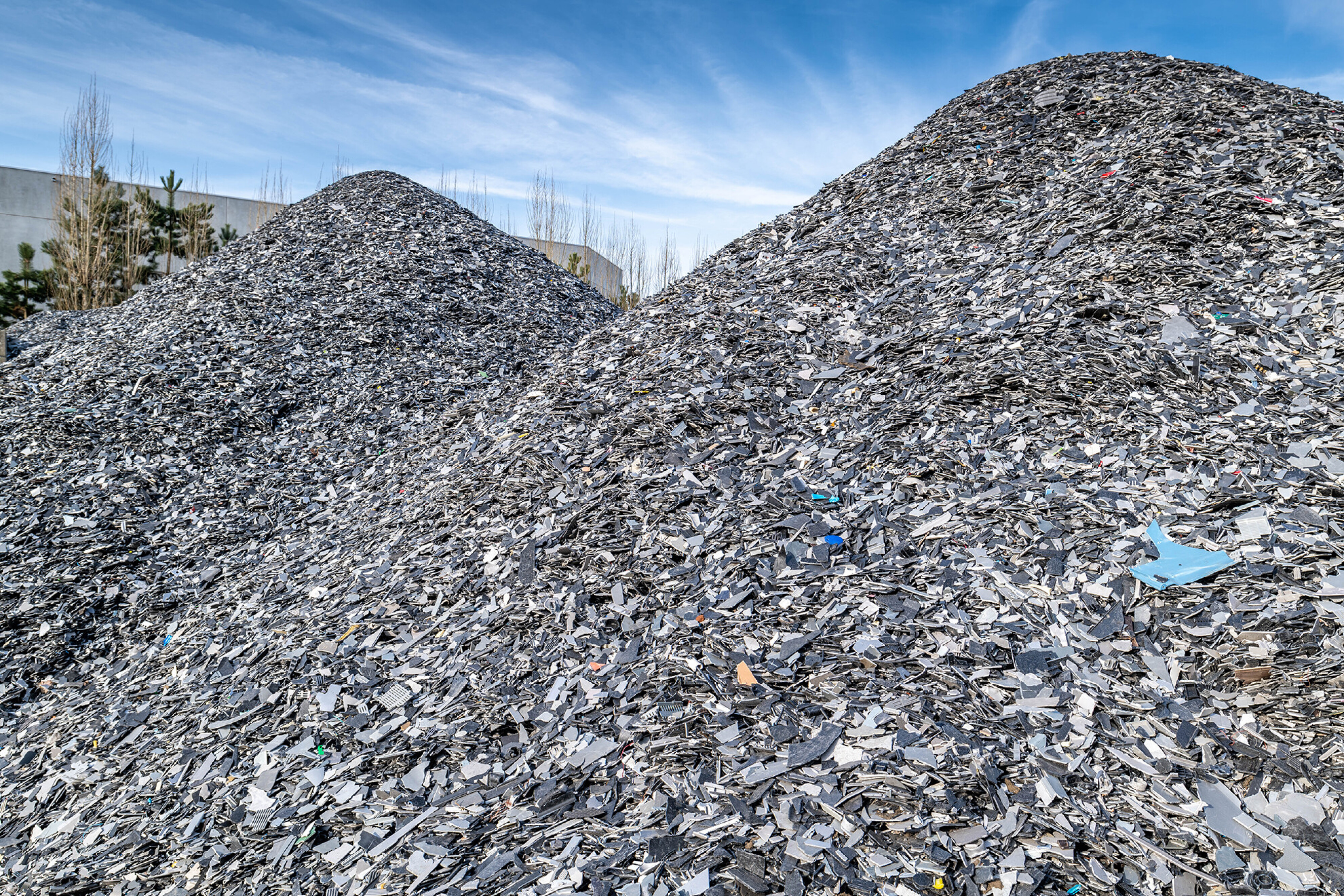
Now Future Observatory can take this programme to a different scale. AHRC has just announced a £25 million programme called Future Observatory: Design the Green Transition, which will be delivered in partnership with the Design Museum over the next three years. This funding will support design research at a range of scales. At one end there are “design ecosystems” that will build on regional or national networks of researchers, businesses and public bodies to address major environmental issues. At the other end of the scale are small projects that seek to prototype design solutions to very local issues.
Design has a crucial role to play in decarbonising our material world, from buildings and transport systems to everyday products. Future Observatory is already funding research projects that address ways to shift the construction industry away from steel and concrete to low-carbon materials such as timber; developing alternatives to plastic packaging; investigating how to encourage regenerative land use; and reducing waste in the fashion industry.
Future Observatory: Design the Green Transition is the largest publicly funded programme of design research and innovation in the UK. And it is culturally significant for two reasons. The first is that it demonstrates a faith in what the economist Mariana Mazzucato calls “mission-led innovation”. She argues that, far from expecting the market to deliver the innovation needed to tackle the greatest issues of our day, governments need to show leadership. Only by setting the agenda, and investing in it, can they hope to meet their goal, be it providing decent healthcare for all, preventing the pollution of rivers and oceans or reducing carbon emissions. Mazzucato’s analogy is the Apollo mission that delivered John F Kennedy’s dream of landing a man on the moon within a decade. While missions into space no longer feel urgent, the investment and focus required for a moonshot are the way to take on the much greater challenge of climate change. In that sense, Future Observatory is a prime example of the shift in public investment that Mazzucato argues needs to occur: a shift “from ‘support and measure’ to ‘lead and learn’”.
We know that the UK government has yet to adopt that sense of a mission in meeting its climate commitments. But, with government support, civil society will do what it can to bring about change – and that includes museums. The second reason why Future Observatory is culturally significant is because it is based at a museum, and it potentially redefines what a museum can be. We tend to think of museums as places that help us understand the past and sometimes the present. It is rare for a museum to play a proactive role in helping to shape the future, but that is exactly what Future Observatory will do. It shifts the dynamic beyond the museum’s usual function of “raising awareness” of a particular issue, and gives it the agency to define research directions and to fund them. This is a role, I would argue, that is particularly well suited to a museum of design.
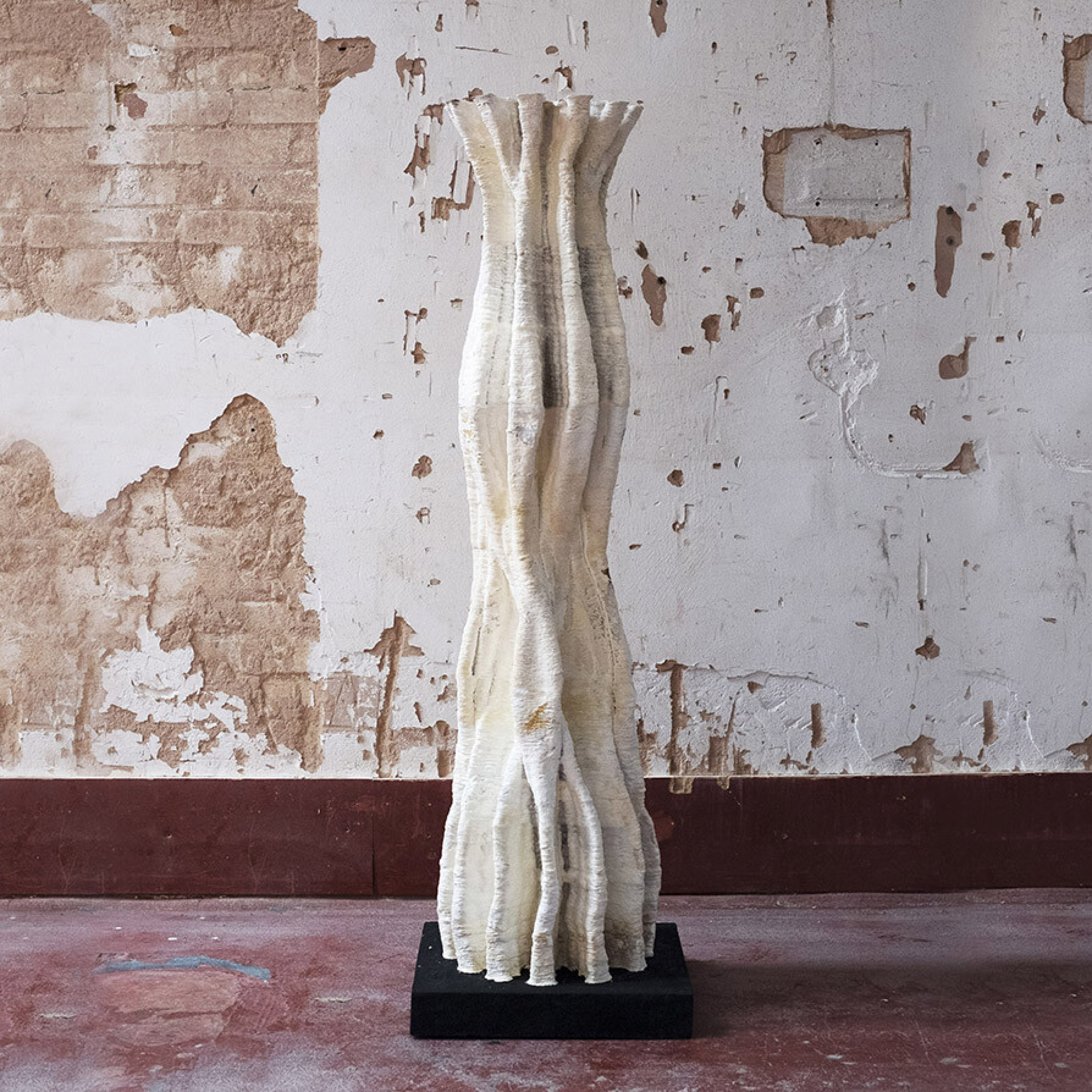
There are precedents for the museum as a proactive force. In the 20th century, the Museum of Modern Art in New York played a role in introducing modernist design to the public. Its exhibitions on “good design” in the 1940s and 50s were largely exercises in re-educating the public in MoMA-sanctioned taste. However, there was an earlier series of exhibitions focused on housing that had a significant impact on public policy. The scintillatingly titled Housing Exhibition of the City of New York, in 1934, the just as catchy Architecture in Government Housing, in 1936, and the positively provocative House and Housing, in 1939, all made the case for federal investment in public housing. This was a museum making an ethical case, rather than an aesthetic one, positioning MoMA as not just an art museum but a champion for better housing for all.
Museums already have missions – engaging the public in the stories embedded in their collections – but they can also play a role in the moonshots of their day. The Design Museum’s mission was never purely educational, it was also founded to connect designers to industry. Future Observatory builds on that history, using the museum not just to display cutting-edge research but also as a forum for bringing design researchers together with businesses, policymakers and local authorities with the aim of helping that research achieve impact in the world. The UK excels at scientific and design research but it does not always have the best track record when it comes to finding applications for it – graphene, discovered at Manchester University but mostly applied abroad, is a salutary example. This is a chance for the museum to be a bridge between the UK’s research culture and the partners that can apply it. Moreover, being a museum means being able to engage the public along the way, presenting critical research as it evolves. People desperately want to be able to believe in a better future. Museums can help shape that future, and invite the public on that journey.
Learn more about Future Observatory: Design The Green Transition.



